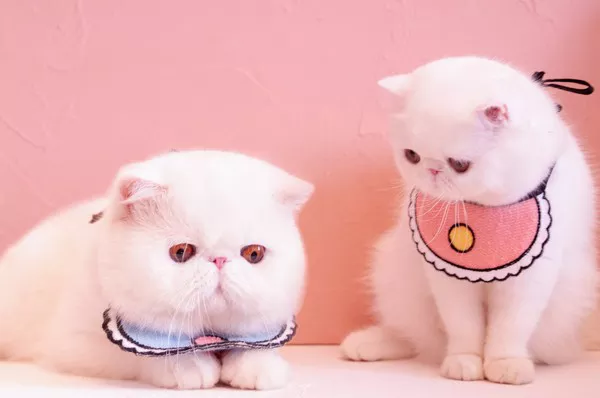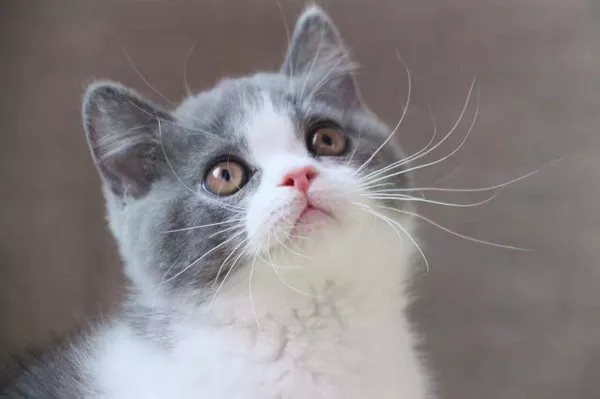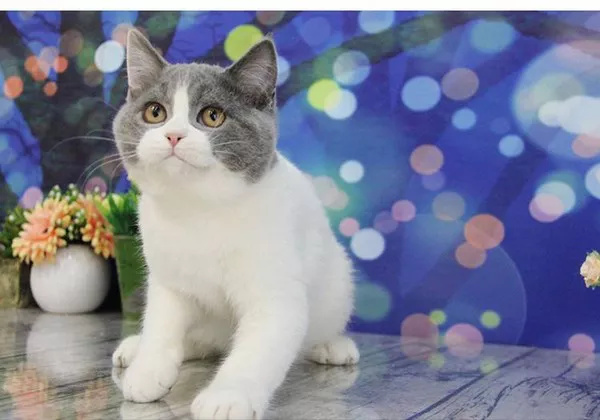In the enchanting world of feline companionship, Calico cats stand out for their distinctive coat patterns and vibrant personalities. However, an intriguing question often arises among cat enthusiasts: How big do male Calico cats get? Exploring this question requires delving into the unique genetic factors that contribute to Calico coat patterns and understanding the general size characteristics of these feline friends.
The Intricacies of Calico Genetics
To comprehend the size of male Calico cats, it’s essential to first grasp the intricacies of their genetics. Calico cats are not a specific breed but rather a color pattern that can appear in various breeds, including domestic shorthair, Persian, and Maine Coon. The distinctive tri-colored coat of Calico cats results from a combination of black, white, and orange (or variations of these colors), creating a visually striking mosaic.
Interestingly, the genetic basis for Calico coat patterns is linked to the X chromosome. Female cats possess two X chromosomes (XX), while males have one X and one Y chromosome (XY). The gene responsible for coat color is carried on the X chromosome, and in Calico cats, random inactivation of one X chromosome occurs in each cell during embryonic development. This phenomenon results in the patchwork of colors that defines the Calico pattern.
Size Variations Among Calico Cats
When it comes to the size of Calico cats, gender is just one factor among several that influence their growth. Generally, male cats tend to be larger than females, regardless of coat color or pattern. However, within the Calico population, size variations can still occur based on factors such as breed, genetics, and individual differences.
Breed-Specific Size Considerations:
Persian Calico Cats: Known for their luxurious long coats, Persian Calico cats may have a more compact build compared to other breeds. It’s essential for owners of Persian Calicos to be mindful of grooming needs to maintain their cats’ health and appearance.
Maine Coon Calico Cats: On the other end of the spectrum, Calico cats within the Maine Coon breed, known for their large size, might exhibit more substantial overall dimensions. These gentle giants often require a spacious environment to accommodate their size and playful nature.
Genetic Influences on Size:
Polygenic Traits: Beyond coat color, various polygenic traits contribute to a cat’s overall size. Genetic factors inherited from both parents play a role in determining whether a Calico cat will lean towards the smaller or larger end of the size spectrum.
Nutrition and Environment: Adequate nutrition and a healthy
environment are crucial for a cat’s growth and development. Factors such as a well-balanced diet, proper veterinary care, and a stimulating living space contribute to a Calico cat reaching its full size potential.
Male Calico Cats: A Rarity and Genetic Anomaly
Male Calico cats are a rarity, making up only about 1 in 3,000 Calico cat births. The occurrence of male Calicos is primarily due to genetic anomalies, such as the presence of an extra X chromosome (XXY) instead of the typical XY chromosome configuration. This genetic anomaly is known as Klinefelter syndrome and can result in a male cat displaying the distinctive Calico coat pattern.
Interestingly, Klinefelter syndrome in male Calico cats can sometimes be associated with health issues, including infertility and developmental abnormalities. Responsible breeders and cat owners should be aware of these potential challenges and work closely with veterinarians to ensure the well-being of male Calico cats.
Managing the Health and Well-Being of Male Calico Cats
Regardless of their size, male Calico cats require the same level of care and attention as their female counterparts. Here are some essential tips for ensuring the health and well-being of these unique feline companions:
See Also:Why Does My Calico Cat Scratch and Bite Me?
Regular Veterinary Check-ups:
Schedule regular veterinary check-ups to monitor the overall health of your male Calico cat. Address any concerns or health issues promptly to ensure a long and happy life.
Balanced Nutrition:
Provide a well-balanced and species-appropriate diet to meet the nutritional needs of your male Calico cat. Consult with your veterinarian to determine the best diet based on factors such as age, weight, and activity level.
Grooming Routine:
Establish a regular grooming routine, especially for long-haired Calico breeds like the Persian. Brushing helps prevent matting and reduces the risk of hairballs, contributing to a healthier coat and skin.
Spacious Living Environment:
Create a spacious and enriching living environment for your male Calico cat. These cats, regardless of size, benefit from having plenty of space to explore, play, and express their natural behaviors.
Conclusion: Celebrating the Diversity of Calico Cats
In unraveling the mystery of how big male Calico cats get, it’s clear that size is influenced by a combination of genetic, breed-specific, and individual factors. Male Calico cats, being a genetic anomaly, add an extra layer of uniqueness to the already captivating world of Calico cats.
As responsible cat owners, understanding the specific needs and characteristics of Calico cats, regardless of gender, enables us to provide optimal care and create a loving environment for these extraordinary feline companions. Whether your male Calico cat turns out to be a majestic Maine Coon or a charming Persian, celebrating the diversity of Calico cats adds to the joy and fulfillment of feline companionship.
Related Topics:
How Much Does a Calico Cat Cost in India?
What is the Rarest Calico Cat Color?
Do Calico Cats Shed a Lot?
























